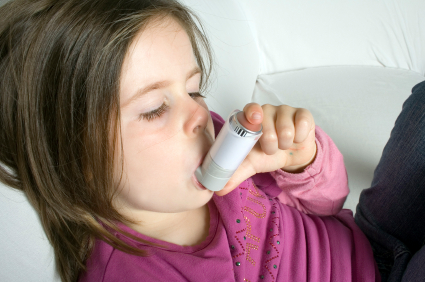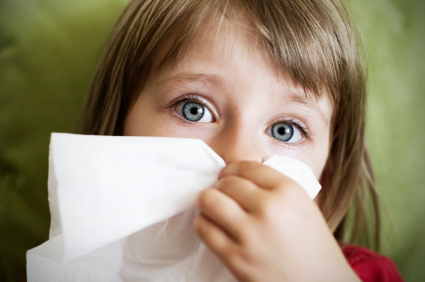 Dr James Sabetta and colleagues from Yale University School of Medicine, have published yet another article showing the benefit of vitamin D in protecting against colds and other respiratory infections.
Dr James Sabetta and colleagues from Yale University School of Medicine, have published yet another article showing the benefit of vitamin D in protecting against colds and other respiratory infections.
This article which just came out followed almost 200 adults and did monthly vitamin D blood levels on all of the patients from September to early January. The patients were followed for the entire study time for developing upper respiratory infections (common cold or flu).
The findings are completely consistent with what I talk about in my book and here on my blog as well as other articles on Vitamin D and viral infections.


 In my book on vitamin D, I discuss the importance of vitamin D as observed from retrospective and epidemiologic studies in helping to prevent breast cancer and the recurrence of breast cancer.
In my book on vitamin D, I discuss the importance of vitamin D as observed from retrospective and epidemiologic studies in helping to prevent breast cancer and the recurrence of breast cancer. A recent article that one of my readers brought to my attention looked at vitamin D levels in infants who were fully breast-fed and who took oral vitamin D supplements.
A recent article that one of my readers brought to my attention looked at vitamin D levels in infants who were fully breast-fed and who took oral vitamin D supplements. Another article showing the relationship of childhood asthma and vitamin D levels in children has just been published in the Journal of Allergy and Clinical Immunology.
Another article showing the relationship of childhood asthma and vitamin D levels in children has just been published in the Journal of Allergy and Clinical Immunology. I am delighted to see a new article in the May issue of the prestigious American Journal of Clinical Nutrition which confirms advice I had been giving my patients last fall in the flu season.
I am delighted to see a new article in the May issue of the prestigious American Journal of Clinical Nutrition which confirms advice I had been giving my patients last fall in the flu season. Colorectal cancer is the third most common type of cancer in men and women in the United States according to data from the American Cancer Society.
Colorectal cancer is the third most common type of cancer in men and women in the United States according to data from the American Cancer Society. ers at the Medical University of Graz, Austria, have found a link between testosterone levels and Vitamin D levels. The higher the Vitamin D, the higher the testosterone levels recorded.
ers at the Medical University of Graz, Austria, have found a link between testosterone levels and Vitamin D levels. The higher the Vitamin D, the higher the testosterone levels recorded.


